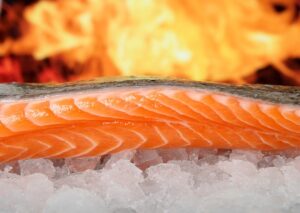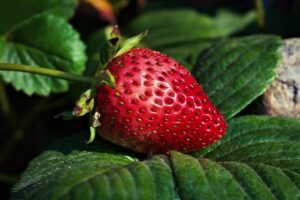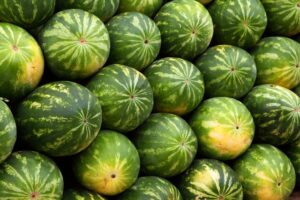Introduction
In this article, we will explore the topic of structural proteins and identify which of the options provided does not contain a structural protein. Structural proteins play a crucial role in maintaining the shape, strength, and integrity of various biological structures. They are found in a wide range of organisms, including animals, plants, and microorganisms. By understanding which options do not contain structural proteins, we can gain insight into the diverse functions and compositions of different biological substances.
Collagen
Collagen is a well-known structural protein found in the connective tissues of animals, including humans. It provides strength and elasticity to tissues such as skin, tendons, ligaments, and bones. Collagen is composed of three polypeptide chains wound together in a triple helix structure. Its unique composition gives collagen its characteristic strength and flexibility.
Chitin
Chitin is another structural protein, but it is not found in the options provided. It is a polysaccharide that forms the exoskeleton of arthropods, such as insects, crustaceans, and spiders. Chitin is also present in the cell walls of some fungi. It provides rigidity and protection to these organisms, serving as a structural framework.
Elastin
Elastin is a structural protein that is responsible for the elasticity of various tissues, including the skin, lungs, and blood vessels. It allows these tissues to stretch and recoil, providing flexibility and resilience. Elastin is composed of cross-linked elastin fibers, which give it its unique properties.
Actin
Actin is a highly abundant structural protein found in all eukaryotic cells. It plays a crucial role in cell structure and movement. Actin filaments form the cytoskeleton, a network of protein filaments that provides structural support and helps cells maintain their shape. Actin is also involved in muscle contraction and cell division.
Keratin
Keratin is a structural protein that is primarily found in the epidermis, hair, nails, and horns of vertebrates. It provides strength and protection to these structures. Keratin is composed of long, fibrous polypeptide chains that are cross-linked to form a tough, insoluble material. Its unique composition makes it resistant to mechanical stress and chemical damage.
Conclusion
In conclusion, the option that does not contain a structural protein is Chitin. While collagen, elastin, actin, and keratin are all examples of structural proteins found in various organisms, chitin is a polysaccharide that serves as a structural component in the exoskeleton of arthropods and the cell walls of certain fungi. Understanding the different types of structural proteins and their roles in maintaining the integrity of biological structures is essential for comprehending the complexity of living organisms.
References
– Alberts, B., Johnson, A., Lewis, J., Raff, M., Roberts, K., & Walter, P. (2002). Molecular Biology of the Cell. Garland Science.
– Lodish, H., Berk, A., Zipursky, S. L., Matsudaira, P., Baltimore, D., & Darnell, J. (2000). Molecular Cell Biology. W. H. Freeman and Company.
– Nelson, D. L., Cox, M. M. (2008). Lehninger Principles of Biochemistry. W. H. Freeman and Company.













